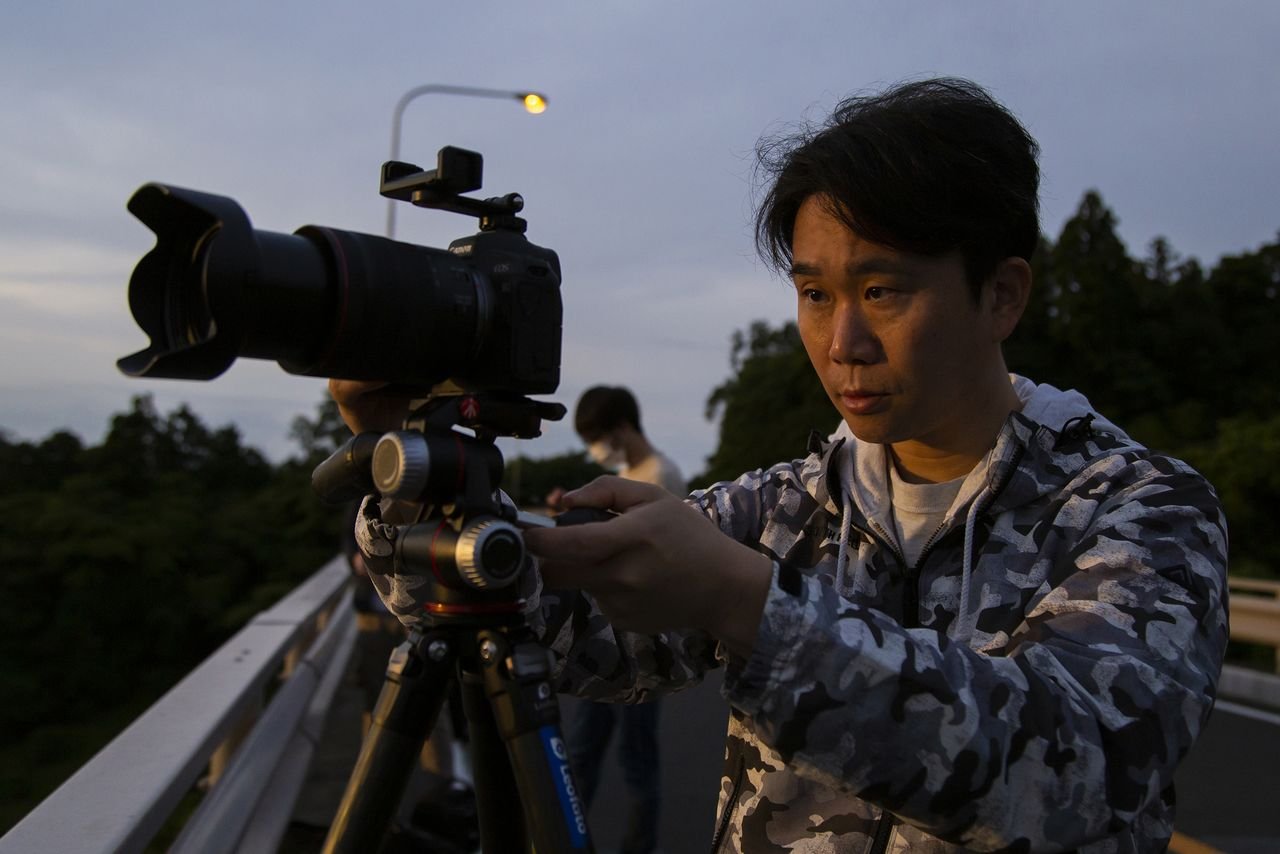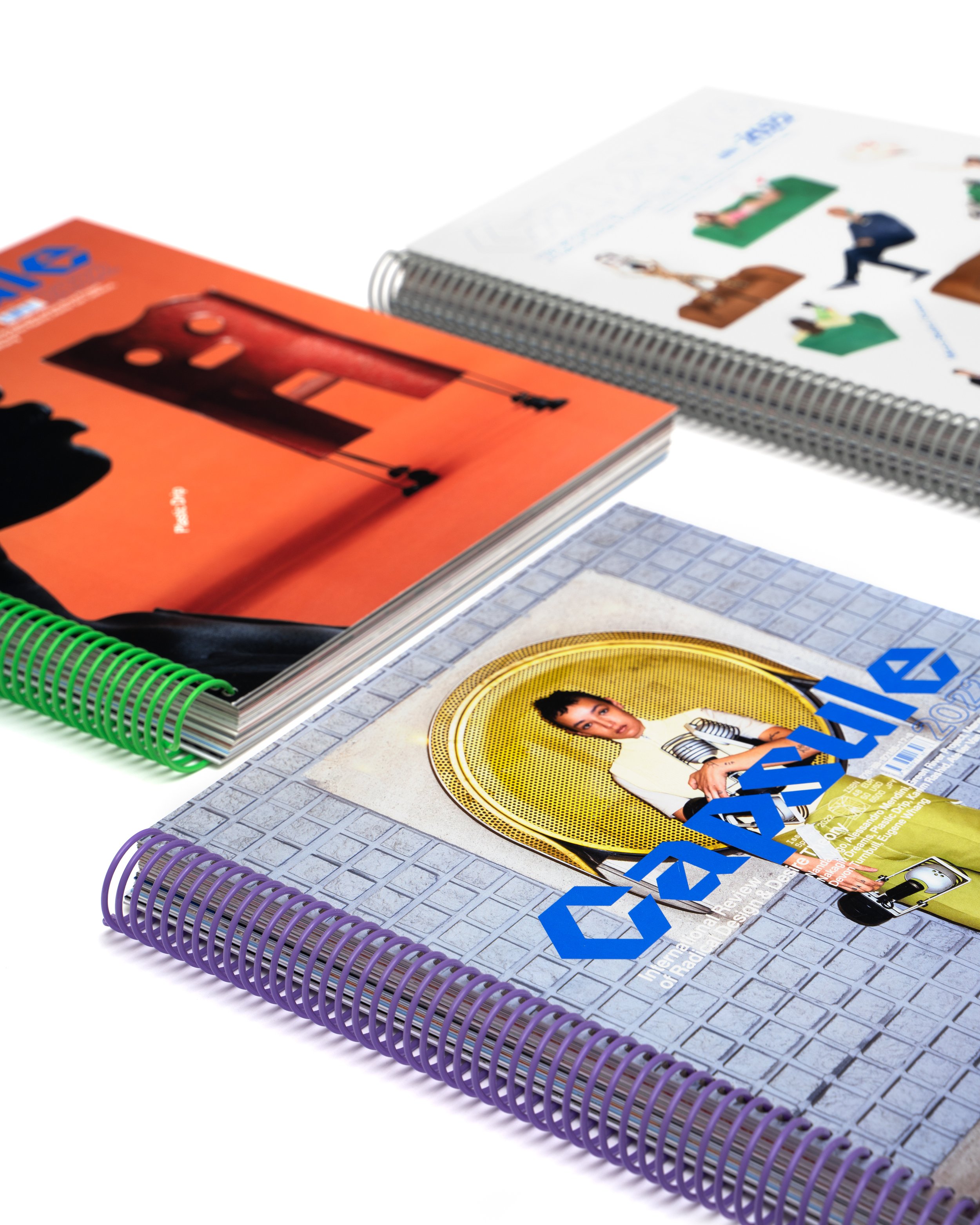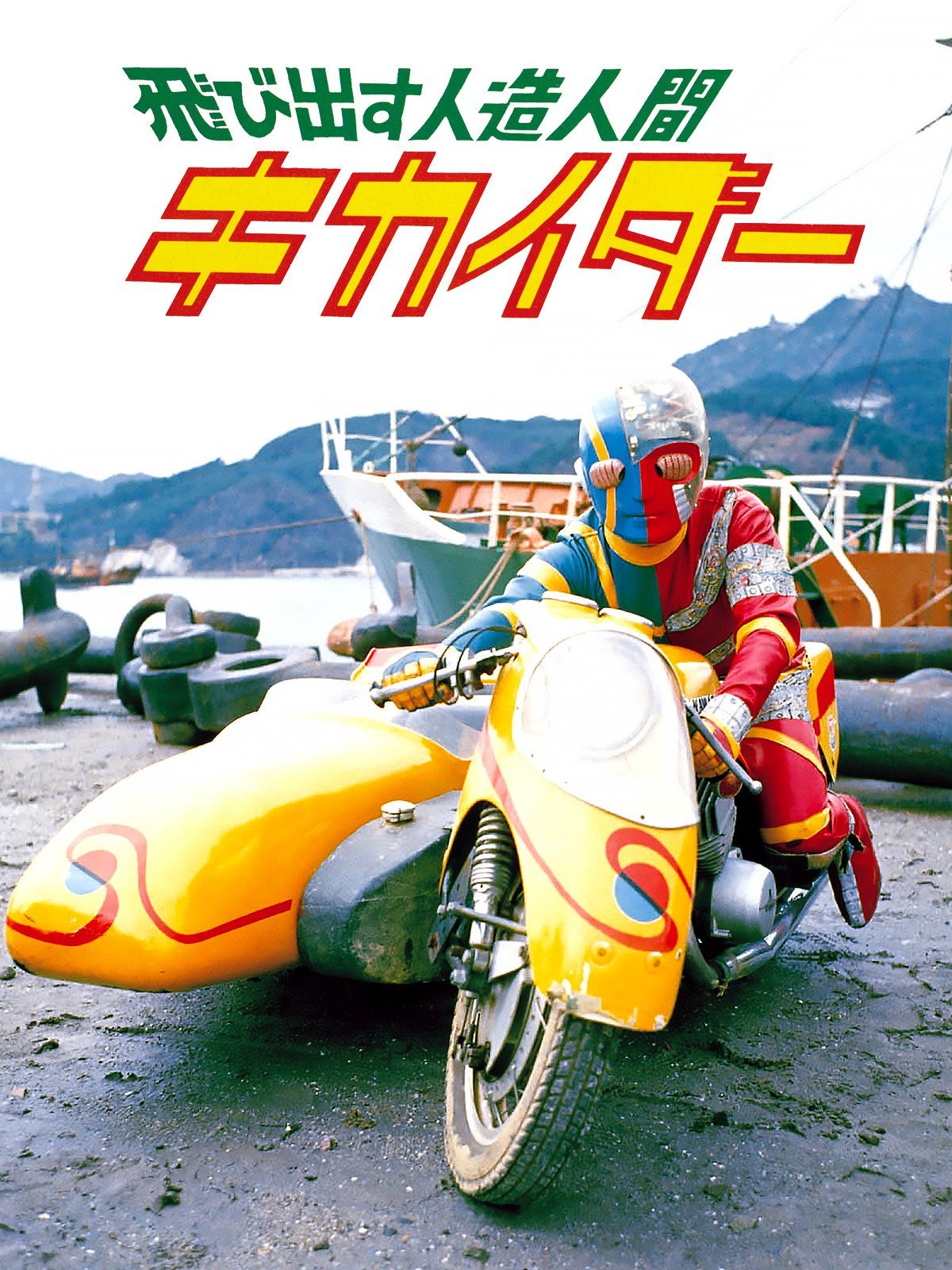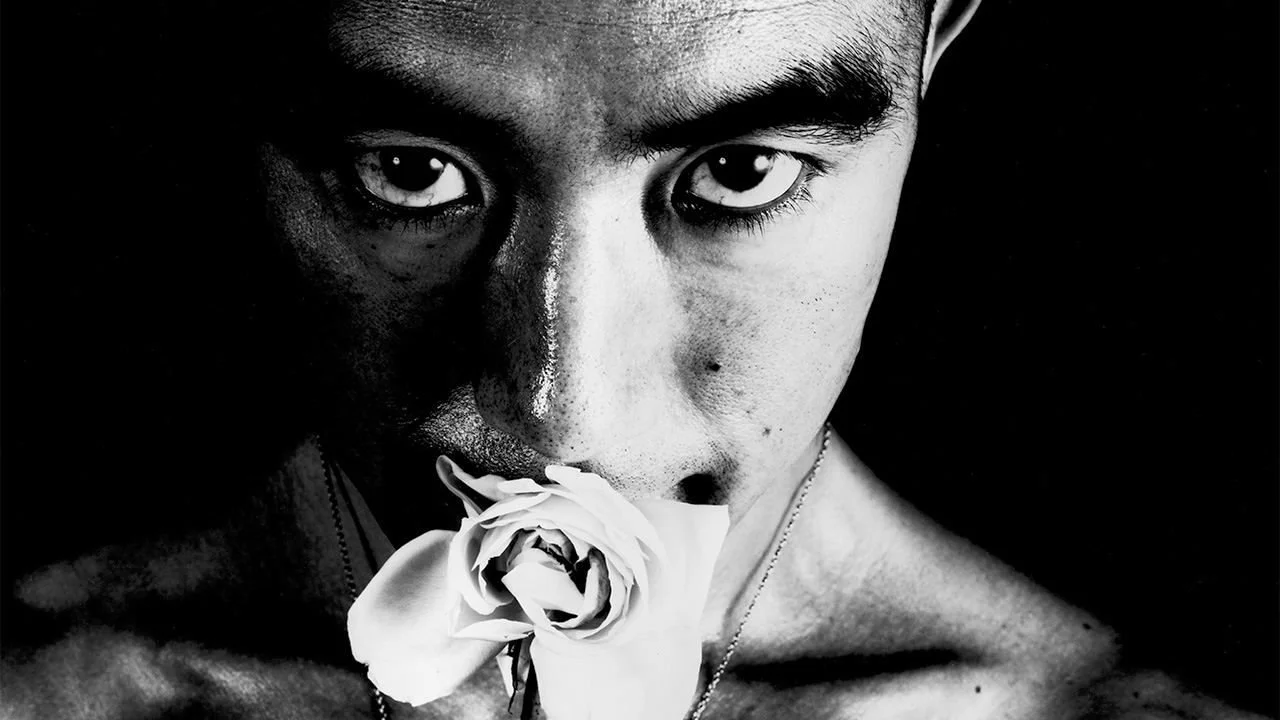PROVOKE – Between PROTEST and PERFORMANCE

“We photographers must go on grasping with our own eyes those fragments of reality that cannot possibly be captured with existing language, actively putting forth materials against language and against thought.”
Capturing post-war Japan, PROVOKE is a 3-part magazine containing still to this day some of the most influential and contentious photography that can be seen in Japan. Created by poet and art critic Takahiko Okada, theorist-photographers Takuma Nakahira and Kōji Taki, and photographers Yutaka Takanashi and Daidō Moriyama, PROVOKE was an effort to articulate the nation's anger and discontent that was felt towards the post-war world.
PROVOKE only survived 3 issues, released between 1968-1969, and although at the time it was heavily critiqued for its controversial nature, it now goes down in history as a ground-breaking piece of Japanese contemporary photography. Born during a turbulent portion of modern history, PROVOKE was a confluence for creatives to have their say in the matters that were occurring.
Being able to have a dialogue with politics through a means by which they could creatively and conceptually communicate, the magazine would highlight the true nature of the nation through more than just traditional press releases.
Not only was it critiqued heavily for the nature of its contents, but due to the way the content was displayed. Now seen as creative genius, PRVOKE’s imagery utilised a method known as “are, bure, boke”, which translates to “grainy, blurry, out of focus” – this was a sharp contrast from the usual imagery in Japan at the time. Although this may not have just been a style, explains Japanese art historian, Kotaro Iizawa. “It was a way of depicting the reality they were experiencing,” he explains, “to the photographers of PROVOKE, the real world looked exactly this way.”
PROVOKE not only contained photography. It included philosophical and political essays, as well as experimental poetry as a huge focus in its contents. The magazine was not widely produced, and although now it has been reprinted the original set can go anywhere up to $20,000.





